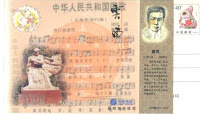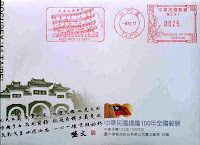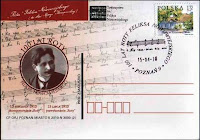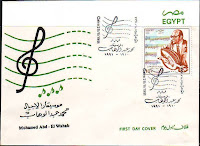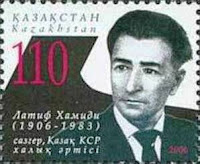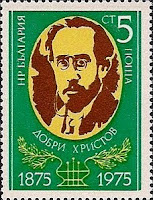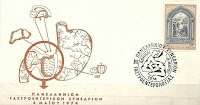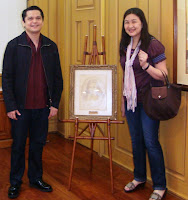New Zealand's Unofficial National Anthem on Stamps?

New Zealand has honored Engelbert Humperdinck by releasing a stamp based on his song ‘Ten Guitars’. Engelbert released ‘Ten Guitars’ as a b-side in 1967. It was also on his debut album ‘Release Me’. However, despite originally be used as more filler than thriller the song took on a life of its own in New Zealand and is now considered the country's unofficial national anthem. There was even a Facebook petition to have it made the national anthem. ‘Ten Guitars’ is said to be one of the most played songs at parties in New Zealand.The 60-cent ‘Ten Guitars’ stamp features in a set of Kiwiana stamps out now in New Zealand. Engelbert Humperdinck (born Arnold George Dorsey; 2 May 1936) is a British pop singer, best known for his hits including "Release Me (And Let Me Love Again)" and "After the Lovin'" as well as "The Last Waltz" ("The Last Waltz with You"). email: vincemd3069@gmail.com






